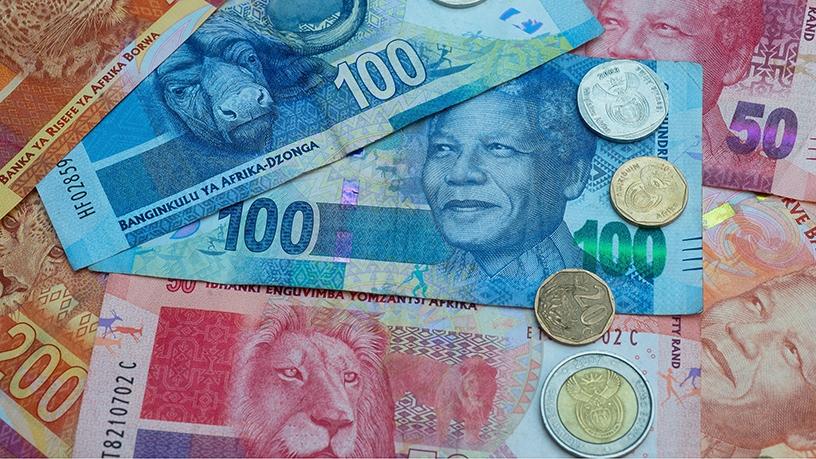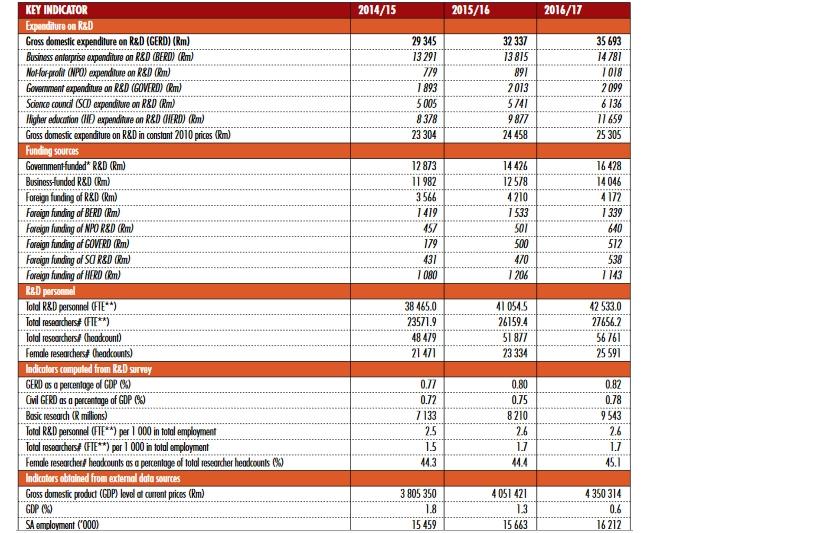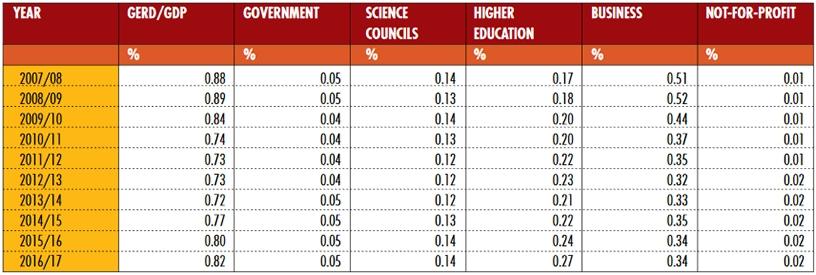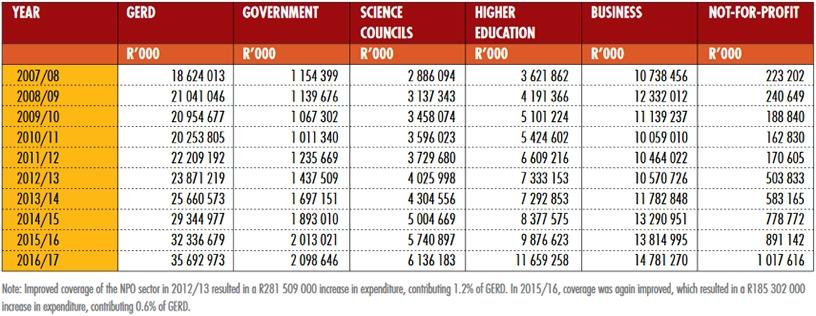
South Africa's total investment in research and development (R&D) amounted to R35.6 billion in the 2016/2017 period, according to the latest National Survey of Research and Experimental Development.
The Department of Science and Technology's (DST's) survey shows gross expenditure on R&D increased by R3.3 billion in 2016/2017 compared to the year before. In 2015/2016, the survey found institutional sectors spent R32.3 billion on R&D.
Godfrey Mashamba, chief director for science and technology investment at the DST, says R&D is performed across a number of sectors and the latest growth figures indicate industries realise the importance of R&D in order to remain competitive.
"We think that expenditure or investment on R&D is important because it's a contributor to innovation. More spend on R&D will improve the nation's competitiveness in relation to the global environment."
Key findings for 2016/2017

Referred to as the R&D survey, the report is carried out on behalf of the DST with the support of Statistics South Africa. It is conducted by the Centre for Science, Technology and Innovation Indicators, which is based at the Human Sciences Research Council.
The annual survey provides statistics on SA's performance in key indicators of inputs into R&D, namely expenditure and human resources (personnel) devoted to R&D.
The survey identifies those organisations that are called R&D performers and groups them into five institutional sectors: business enterprise, government, higher education, science councils and non-profit.
Mashamba says it is important for government to measure these trends to understand how the R&D environment is changing, where growth is coming from and where the country is lacking.
"It is important to note there is growth but the growth is not good enough. From the government side, we think the broader socio-economic conditions of the country demand that there must be higher levels of investment in R&D."
GDP edge
In 2017, former science and technology minister Naledi Pandor stated the government wants investment in R&D to increase from 0.77%, to 1.5% of gross domestic product (GDP), meaning it will double to roughly R60 billion a year by 2020.
According to Mashamba, in the DST's white paper, currently out for public comment, the department proposes a higher target in R&D investment of GDP so that SA becomes more competitive.
He adds that the white paper is an assessment for government in terms of identifying what should be the new priorities in science and technology.
"While there is growth in R&D investment, we think the overall conditions of SA require that we do more. The target in the new white paper is set between 1.5% and 2% of GDP. There is an engagement that is currently taking place and I think from those consultations there will be an understanding in terms of what that target should be.
"We think it's important for all the sectors to engage with the government in regards to investment. What is important is to understand what are the challenges, new opportunities and what is in the pipeline in terms of investment."

Notable developments
For another year, R&D expenditure in the business enterprise sector showed signs of growth, and Mashamba believes this trend will continue.
The gross expenditure on R&D by the sector reached R14.7 billion for the period in review. "Looking at the sector as a whole, there is growth. But when you examine the individual entities within the sector, some are growing faster than others. Some are actually declining. We constantly talk to industry associations and their individual businesses to understand what are the constraints in those sectors."
In the business sector, for example, the sub-division that contributed to growth for over 10 years was the financial services sector, which includes fintech.
He points out that financial service organisations invest in R&D and are therefore able to produce new products as well as be ahead of the game in terms of competition.
"We are seeing strong growth, and R&D spend in that sector has actually overtaken manufacturing. It [manufacturing] used to be the dominant sector, but that is no longer the case. Business services are now dominant."

Mashamba reveals the DST has engaged the manufacturing sector to get an understanding of the constraints it faces. "It's not necessarily declining but it is not growing as fast as business services."
Meanwhile, R&D spend in mining continues on a downward trend. "For the third year in a row, mining R&D spend has shown a decline. We are very worried about that."
There have been engagements with the relevant stakeholders in that sector and there is hope that things will turn around, he concludes.
Share